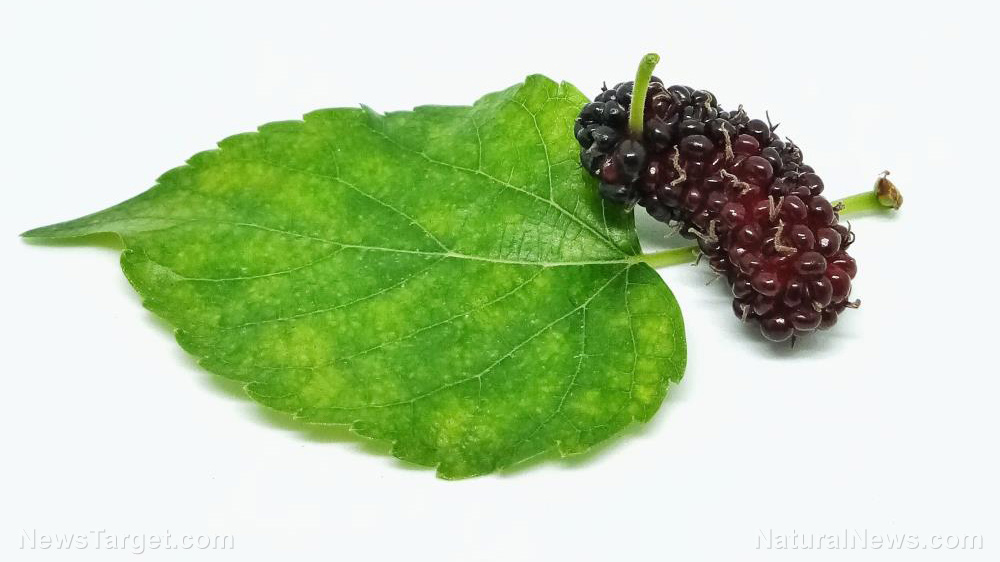The potential of mulberry for managing symptoms of diabetes mellitus
07/31/2019 // Evangelyn Rodriguez // Views
Tags: alternative medicine, anti-diabetes, anti-inflammatory, antioxidant, Chinese medicine, clean food, diabetes mellitus, Diabetes treatment, disease treatments, food cures, food is medicine, functional food, glucose absorption, goodfood, goodhealth, goodmedicine, goodscience, herbal medicine, herbal medicines, Herbs, inflammation, insulin production, medicinal plants, metabolic disorder, metabolic health, Mulberry, natural cures, natural medicine, phytonutrients, prevention, remedies, research, superfoods, TCM

- Diabetes mellitus is a serious metabolic disorder that is now considered a global epidemic.
- Despite new advancements in modern medicine, traditional medicine is still used to prevent and treat diabetes in many countries. For instance, traditional herbal medicines are still commonly used in Asian countries.
- Mulberry has been used for thousands of years in China and is still widely used today for the treatment of diabetes.
- According to numerous preclinical findings, mulberry is a promising alternative medicine for diabetes mellitus. Researchers have identified polyhydroxylated alkaloids, flavonoids, and polysaccharides as the possible active components of mulberry.
- Different medicinal parts of mulberry exert therapeutic effects on diabetes mellitus. These effects include improved glucose absorption, enhanced insulin production/secretion, anti-oxidation, and anti-inflammation.
The researchers believe that while there are still many challenges to be overcome, there are plenty of opportunities at present to do research that could one day spur the development of mulberry into a clinically approved drug for the widespread treatment of diabetes mellitus.
Journal Reference:
Wei H, Liu S, Liao Y, Ma C, Wang D, Tong J, Feng J, Yi T, Zhu L. A SYSTEMATIC REVIEW OF THE MEDICINAL POTENTIAL OF MULBERRY IN TREATING DIABETES MELLITUS. The American Journal of Chinese Medicine. 2018;46(08):1743–1770. DOI: 10.1142/s0192415x1850088x
Related Topics
alternative medicine anti-diabetes anti-inflammatory antioxidant Chinese medicine clean food diabetes mellitus Diabetes treatment disease treatments food cures food is medicine functional food glucose absorption goodfood goodhealth goodmedicine goodscience herbal medicine herbal medicines Herbs inflammation insulin production medicinal plants metabolic disorder metabolic health Mulberry natural cures natural medicine phytonutrients prevention remedies research superfoods TCMLatest News
Related News
11/21/2023 / By Arsenio Toledo
11/21/2023 / By Evangelyn Rodriguez
11/21/2023 / By Zoey Sky
11/20/2023 / By Arsenio Toledo
11/17/2023 / By Zoey Sky
11/15/2023 / By Kevin Hughes
Take Action:
Support Natural News by linking to this article from your website.
Permalink to this article:
Copy
Embed article link:
Copy
Reprinting this article:
Non-commercial use is permitted with credit to NaturalNews.com (including a clickable link).
Please contact us for more information.
Please contact us for more information.






















